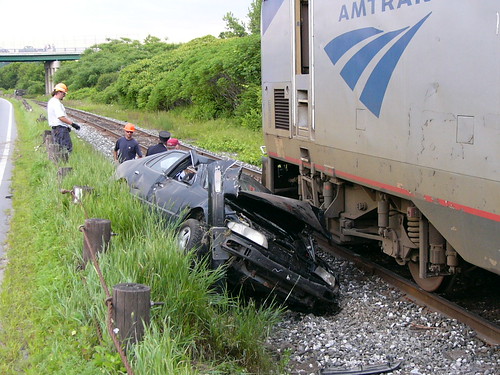- 02 Nov 2007 21:00
#1369670

Discuss.

When you crush them, it's only powder. You can't crush us, we're made of steel.

Discuss.

When you crush them, it's only powder. You can't crush us, we're made of steel.





















 I mean if we had less idiots full stop, both would systems would be vastly improved.
I mean if we had less idiots full stop, both would systems would be vastly improved. - By Pants-of-dog
- By Pants-of-dog